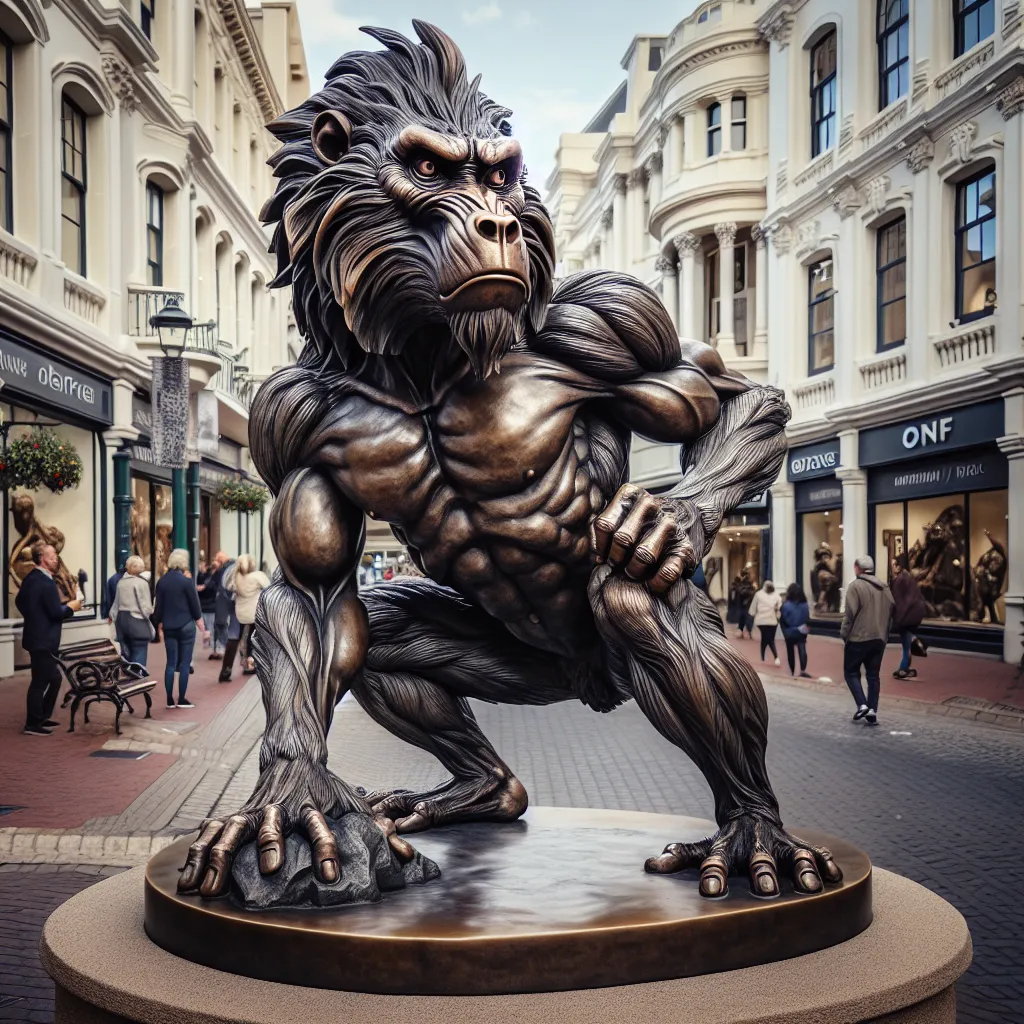Elizabeth Frink: the latest exhibition at the Dorset Museum and Art Gallery, related to the distribution of her legacy.

Former curator of artistic heritage Elizabeth Frink, Annette Ratushnyak, claims that there are more works by this sculptor in the streets and churches of the UK than by any other sculptor of her generation. "People in these towns and places feel very connected to Frink. They have a sense of personal ownership," says Ratushnyak.
The figurative style of the British sculptor was extremely successful from the very beginning of her career, and she was able to secure several major public commissions. However, despite Frink's popularity, figurative art fell out of fashion in the 1960s, giving way to abstraction and pop art. "She tried abstraction, but it didn't work for her," says Ratushnyak. "She was very sad when drawing was pushed aside in British art schools," she adds, pointing to this as a reason for Frink's move to France in the late 1960s.
However, in the last decade, several museums and galleries have shown interest in the work of Frink. Her pieces, dedicated to the world of nature and humanity, as well as to military conflicts and dictators, resonate with contemporary issues. "Frink describes her works with baboons as orderly, in stark contrast to humans, and how we can learn a lot from this dignity of the animal," says Lucy Johnston, co-curator of the exhibition "Elizabeth Frink: A View from Within," which will open this month at the Dorset Museum and Art Gallery.


Sale flat in Saint-Aubin-les-Elbeuf with city view 85 847 $

2 Bedrooms

1 Bathroom

68 м²


The new exhibition will feature over 80 sculptures, graphic works, personal items, letters, and photographs. It is based on materials from the studio and archive of the Uulland villa in the southwest of England, where the artist lived and worked for twenty years until her death in 1993. The exhibition will also bring together works from the Dorset Museum's own collection, including plaster maquettes of her bronze sculptures that have never been exhibited before, as well as important pieces from the Yorkshire Sculpture Park and the Ingram Collection of Modern British Art.
A large number of Frink's works have been transferred to several selected museums as part of the distribution of her legacy. Exhibitions at the Sainsbury Centre in Norwich in 2018 and at the Holburne Museum in Bath last year were built on donations from her estate. In 2020, the Dorset Museum received over 300 works, including 31 bronzes, more than 100 prints and drawings, original plaster models, as well as tools and equipment from her studio. "We have been given an amazing gift," says Johnston. "These items, in addition to showcasing her creative process, will allow us to look at Elizabeth Frink in the most personal aspect of the Wolland villa." The exhibition "Elizabeth Frink: A Look Inside" will run from December 2, 2023, to April 21, 2024, at the Dorset Museum and Art Gallery.
Comment
Popular Posts
Popular Offers




Subscribe to the newsletter from Hatamatata.com!
Subscribe to the newsletter from Hatamatata.com!
I agree to the processing of personal data and confidentiality rules of Hatamatata




